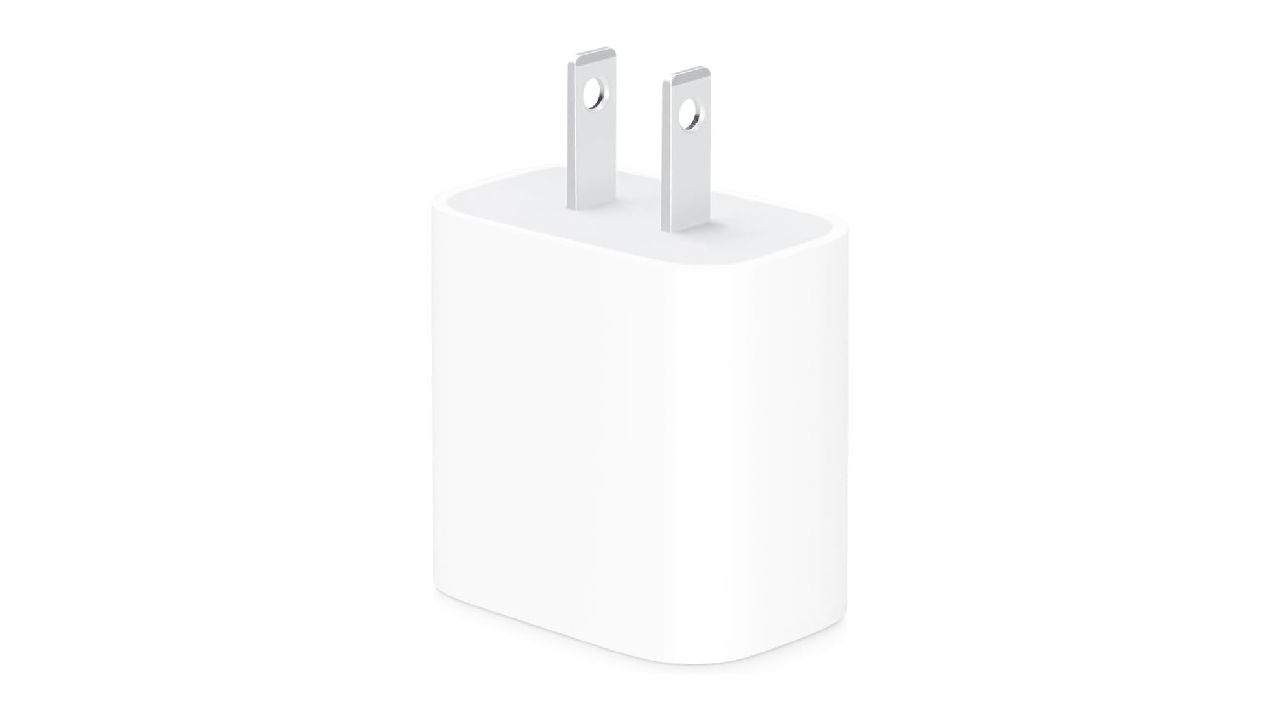Free insurance agent exam simples question 2012-13
This is 3d part of my blog on insurance agent exam. You will find all answers in Red.
Please Print, Practice and Pass insurance agent exam
Free insurance agent exam samples question 21-27
Q 21
Upon annutization of an annuity, proceeds are usually paid to the:
A. Beneficiary
B. Owner
C. Annuitant
D. Insured
Q 22
When a corporation buys life insurance on their shareholders and names themselves as beneficiary, it is to:
A. Provide Group Life benefits to the shareholder’s beneficiary
B. Provide Key Person benefits in the event a shareholder dies
C. Fund a buy/sell agreement
D. Fund an executive bonus
Q 23
All of the following are true about Adjustable Life insurance EXCEPT:
A. Both the premium and the amount of coverage may change
B. It is a type of Whole Life insurance
C. Adjusting the premium downwards will increase the cash value
D. Decreasing the face amount will cause the premium to go down
Q 24
All of the following are true regarding Modified Endowment Contracts (MEC) EXCEPT:
A. Cash surrender of the contract prior to age 59 ½ may lead to taxes plus penalties
B. Increasing the premium on an existing Whole Life policy could cause it to become a MEC
C. A decrease in the death benefit on an existing Whole Life policy could cause it to become a MEC
D. Issuing an MEC is a violation of the state Insurance Code
Q 25
Which of the following is eligible for an IRC Section 1035 exchange:?
A. Variable annuity to life insurance
B. Fixed annuity to universal life
C. Endowment to universal life
D. Whole life to universal life
Q 26
Which of the following is true regarding Variable Life insurance:
A. The death benefit and the face amount are always the same
B. The minimum face amount is guaranteed
C. The death benefit can vary above or below the face amount
D. The insured’s premiums are invested in a general account
Q 27. Straight Whole Life and Limited Pay Whole have all of the following in common EXCEPT:
A. Both reach maturity at age 100
B. The cash value equals the face amount at maturity
C. Both require premium payments as long as the insured lives
D. Both have level premiums
Answer sheet-Free insurance agent exam samples question 21-27
21. B On an annuity, the contract owner is the party who buys the annuity and receives proceeds when the contract is annuitized. The annuitant is the party whose life the annuity contract is based. The beneficiary receives the proceeds if the annuitant dies and is often the owner of the contract as well. There is no ‘insured’ in an annuity contract.
22. C ‘Closed’ corporations often buy life insurance on their shareholders. If a shareholder dies, the proceeds are paid to the corporation who uses the money to buy out the stock of the deceased shareholder, as per the terms of a ‘buy/sell’ agreement.
23. C Adjustable Whole Life is usually sold to clients who have fluctuating incomes, such as real estate agents. The policy contains adjustment provisions that allow premiums to be increased or decreased, the face amount to be increased or decreased, and additional premiums to be paid. Whenever these adjustments occur, the plan of insurance may also change. Remember, an increase in premium increases future cash values and a decrease in premium reduces cash values. In other words, an adjustment in one area will cause an adjustment elsewhere.
24. D A MEC is a life insurance policy whose premiums exceed what would have been paid to fund a similar type of life insurance with 7 annual premiums. In other words, since MECs build cash value too fast, they are considered to be an investment rather than life insurance. Although they are not illegal, a policy classified as a MEC loses its favorable tax treatment. Cash surrenders prior to age 59 ½ may lead to both taxes and penalties and loans are taxable as well.
A ‘material’ change could also cause an existing life insurance to become a MEC, such as decreasing the death benefit during the first 7 years of the policy or increasing the premium after the initial 7 year policy period. All MECs issued by the same insurance company to the same policy owner during any 12 month period will be treated as one MEC.
25. D The Internal Revenue Code allows certain policy holders to make a tax deferred exchange of one life insurance policy for another if certain criteria are met. The laws states that: 1) an ordinary life contract may be exchanged for another life insurance contract, or for an endowment or for an annuity; 2) an endowment may be exchanged for another endowment; and 3) an annuity may be exchanged for another annuity. An annuity or endowment cannot be exchanged for ordinary life insurance.
26. B At inception date, the face amount and death benefit of a Variable Life insurance policy are the same. However, although the minimum face amount is guaranteed, the death benefit may vary above the minimum if the separate account does well.
27. C Limited-pay Whole Life (such as LP 65 or 20 PL) only require that the insured pay premiums for a limited period of time. For example, a LP 65 must be paid up by age 65 and a 20 PL must be paid up in 20 years. Straight Whole Life requires premiums to be paid until age 100, or prior death, whichever occurs first. However, both reach maturity at age 100.

No comments:
Post a Comment